data compliance

Trust is our job.
Compliance with data protection regulations generally covers topics such as the protection of personal data, data security, data access and data use.
Data transfer and release
Compliance with relevant legislation in the case of transfer or sharing of data between countries or organizations.
Data security
Obliges organizations to take the necessary security measures to protect their data.
Data access control
Includes the implementation of the necessary controls to ensure that organizations guarantee that only authorized persons have access to the data.
Data storage and destruction processes
Focuses on the requirement for organizations to retain data for specified periods of time and then securely destroy it.
Always be peaceful
The focus is on the legal obligation to collect, process and store personal data.
It guarantees the protection of sensitive data.
Secures the trust of customers and business partners.
Advanced Data Compliance Features
AI-Powered Risk Assessment
Our cutting-edge AI algorithms continuously analyze your data processes, identifying potential risks and compliance gaps in real-time.
Global Compliance Dashboard
Access a comprehensive dashboard that provides a real-time overview of your compliance status across different international regulations.
Data Flow Mapping
Visualize and track your data's journey through interactive maps, ensuring transparency and control over data movement.
Automated Compliance Updates
Stay ahead of changing regulations with our automated update system, which adapts your compliance protocols to new laws and guidelines.
Breach Detection & Response
Utilize advanced threat detection systems and pre-defined response protocols to swiftly address and mitigate potential data breaches.
Mobile Compliance Management
Manage your data compliance on-the-go with our secure mobile app, allowing for real-time monitoring and quick decision-making.
Data Inventory
Identify and categorize all your data assets, including databases, files, and applications. A comprehensive inventory helps you understand the types of data you collect, where it is stored, and who has access to it.
Risk Assessment
Analyze the risks associated with your data processing activities. Identify potential threats such as data breaches or unauthorized access and evaluate the likelihood and impact of these risks.
Policy Review
Review and update your existing data protection policies. Ensure compliance with relevant laws and regulations, such as GDPR or CCPA, and make necessary adjustments to your procedures.
Employee Training
Implement training programs to raise awareness among staff about data protection practices. Educate employees on their roles and responsibilities in safeguarding sensitive data.
Technical Measures
Establish the necessary technical infrastructure to ensure data security. This includes implementing encryption for data at rest and in transit, using secure access controls, and regularly updating software.
Get a Free Compliance Consultation
1. Data Compliance Services in Stuttgart, Ludwigsburg, Frankfurt, Mannheim, Karlsruhe, Heidelberg, Freiburg, Nuremberg, and Munich
More and more companies in cities like Stuttgart, Ludwigsburg, Frankfurt, Mannheim, Karlsruhe, Heidelberg, Freiburg, Nuremberg, and Munich are adopting professional data compliance solutions to meet increasing data protection and regulatory requirements.
Darksn supports you in making your data processing GDPR-, ISO 27001-, and SOC 2-compliant – using modern technologies, structured consulting, and automated processes.
2. Data Privacy & Governance: Maintain Overview and Control
We utilize powerful tools such as Microsoft Purview, OneTrust, TrustArc, and BigID to analyze, classify, and fully document your data flows. This gives companies in Southern Germany full transparency over personal data – including risk analyses and audit trails.
3. Access Control & Identity Management in the Cloud
With Azure Active Directory, Okta, Ping Identity, and Google Cloud Identity, we secure access to your sensitive information – role-based, auditable, and fully adaptable at any time. Our IAM strategies prevent unauthorized data access and form the foundation of every data compliance initiative.
4. Data Loss Prevention & Encryption at the Highest Level
Whether Microsoft DLP, Forcepoint DLP, or Symantec DLP – we deploy leading technologies to prevent data leaks. Additionally, tools like Microsoft Information Protection and Varonis provide classification and protection of sensitive data – both in transit and at rest.
5. Real-Time Monitoring & Auditability
Using solutions such as Splunk, LogRhythm, Azure Monitor, and Elastic Security, we implement monitoring systems that capture every data movement and provide reports for internal and external audits. This ensures your systems remain transparent and audit-proof even in critical situations.
6. Backup, Recovery & Availability
Availability and recoverability are central components of data compliance. We rely on solutions like Veeam, Azure Backup, AWS Backup, and Rubrik to automatically secure your data and enable fast recovery – naturally GDPR compliant.
7. Darksn: Your Partner for Legally Compliant Data Infrastructure
As an IT consultancy specializing in data compliance and security, Darksn supports companies in Stuttgart, Ludwigsburg, Frankfurt, Mannheim, Karlsruhe, Heidelberg, Freiburg, Nuremberg, and Munich from analysis to implementation.
Whether you are just starting or looking to optimize existing systems – with us you achieve long-term security, transparency, and compliance.
